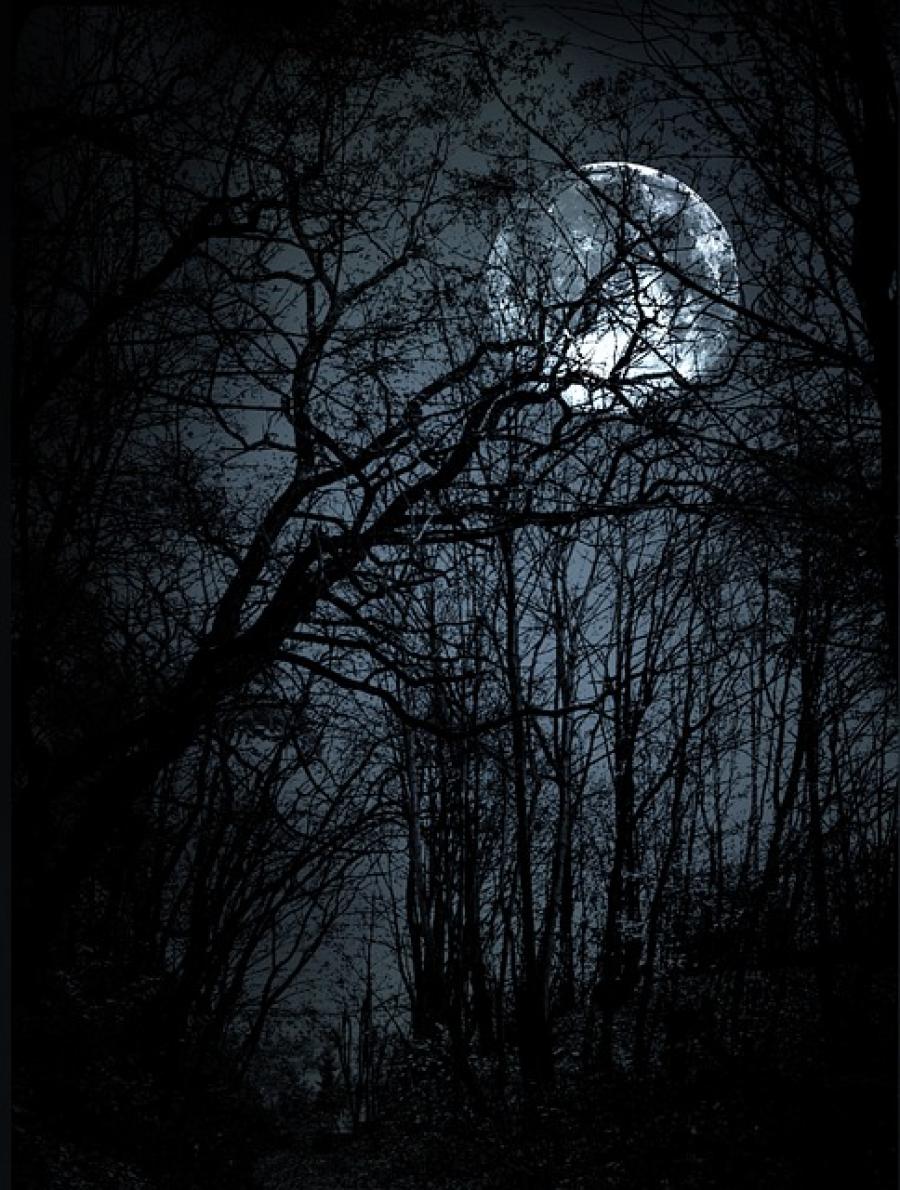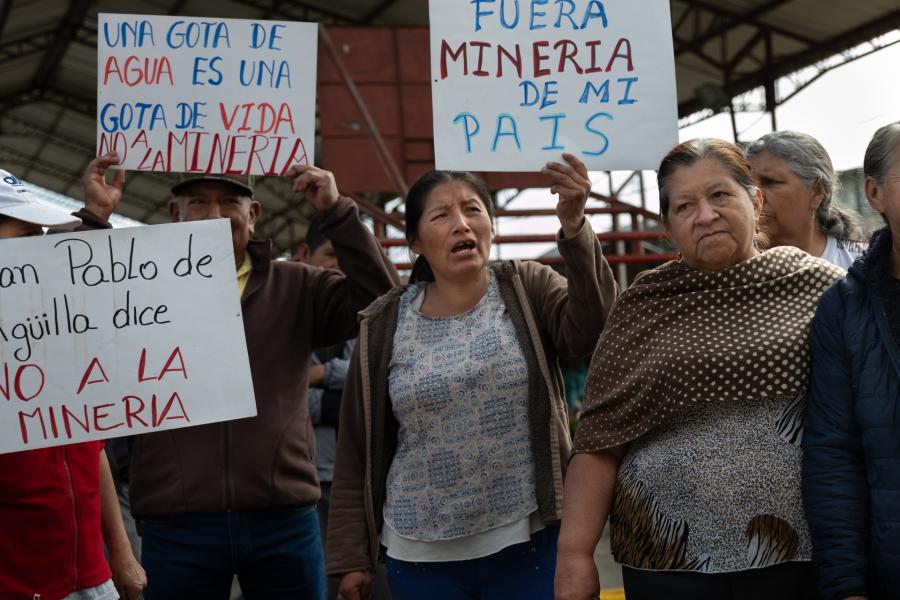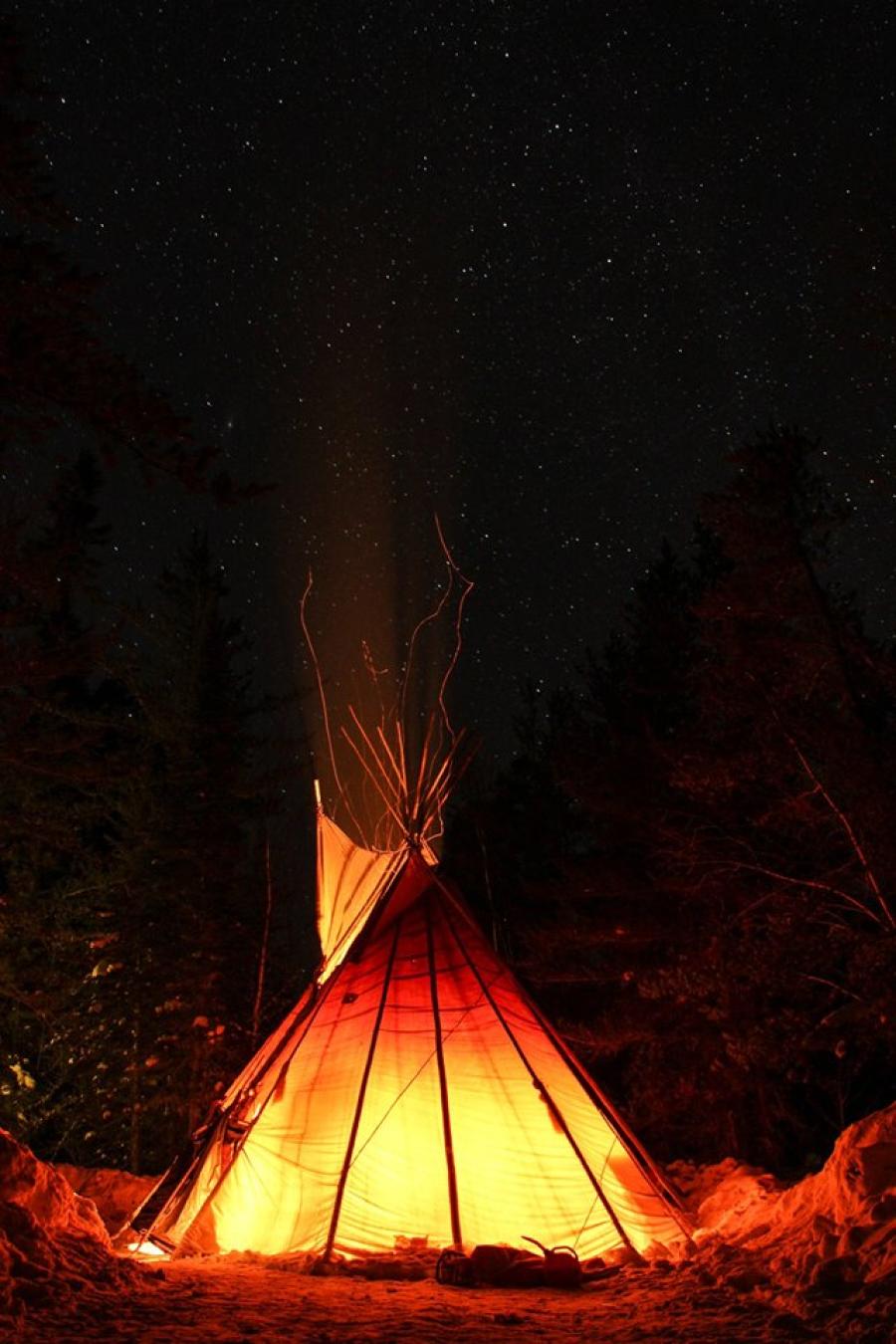Beginning in the 1880s, Aboriginal children across Canada were removed, often forcibly, from their homes and placed in Indian Residential Schools. At the schools, students were forbidden to speak Native languages and practice their culture. Testimony from surviving former students presents overwhelming evidence of widespread neglect, starvation, extensive physical and sexual abuse, and many student deaths related to these crimes. As is so often the case with state-inflicted mass atrocities, records indicating accurate rates of abuse and death at residential schools do not exist or were destroyed. Until existing estimates can be substantiated with research, we only have survivor testimony to rely on. These estimates suggest that sexual abuse rates were as high as 75 percent in some schools, and rates of physical harms were higher still. If this number is even close to the total, the scale of violent crime against children at the schools is staggering. On another level, searching for a precise number for rates of abuse at the schools is beside the point. The larger crime is that these schools were designed and operated by the church and state with the purpose of destroying Native cultures and communities in every corner of Canada. This crime has caused incalculable harm, not the least of which was allowing—even encouraging—the abuse mentioned above. But for most Canadians, the experiences of the generations of Aboriginal people who attended residential schools have remained a silent chapter of history until now.
The Truth and Reconciliation Commission of Canada is mandated to operate for five years, during which time it will document the history of the schools and their consequences and publicize survivors’ testimony and memories. At the end of its work, the commission will issue a report that includes recommendations to all involved parties, including the state, churches, the public, and survivors. Of course we cannot know the content of recommendations until they are written, but we can expect suggestions to range from demands for improved social services to recommendations for criminal prosecutions.
The government of Canada now identifies 136 institutions as former Indian Residential Schools that were established exclusively for Aboriginal children by the federal government in partnership with the country’s four major churches. The schools operated for approximately 100 years, with the final schools closing as recently as 1998. Canadian law made attendance at the schools mandatory for all Aboriginal children and made the school administration the legal guardians of the children who attended. At the time the truth commission was established, there were between 105,000 and 150,000 people living in Canada who went to residential school as children, about 10 percent of the present day Aboriginal population.
There are no records accurately showing what proportion of aboriginal children were taken from their families, but there is no question that every Aboriginal community in Canada today is affected by the experience of residential school. In addition to the untold suffering of direct survivors of the schools, the system continues to have devastating impacts on Aboriginal young people. The intergenerational experiences of a mass atrocity are felt when the damage done to one generation perpetuates in the lives of the next. Residential schools sought to interfere with the closest relationships in Aboriginal communities by taking children as young as four away from their parents, relatives, and community life. The consequences of this policy on family life are still felt across the country today. After three consecutive generations of families who suffered the theft of their children, today’s youth is the only living generation of Aboriginal people to grow up in a country where the state permits them the care of their own parents. Add to this toll the crime that humanity’s collective heritage is rendered immeasurably poorer by the loss of language, knowledge, culture, and life that the schools inflicted.
The history of residential schooling remained hidden for decades by people in the dominant society who called survivor testimony over-exaggerations or isolated cases in an otherwise normal education system. Although the residential school system is a proven cause of widespread human rights violations and continues to have damaging effects on First Peoples all across the country, until quite recently few efforts were made to address the damage done. The catalyst for change happened in 1993, when then-National Chief Phil Fontaine appeared on the national news and made a statement recounting the physical and sexual abuse that occurred at his school as a child. The statement opened a floodgate of legal action, with thousands of cases filed against the state for similar experiences of abuse at the schools. The influx of cases threatened to overwhelm the judicial system and pushed the government to agree on a negotiated settlement to the massive class-action lawsuit filed against it. This settlement included an extensive compensation program for survivors of the school system, as well as the establishment of a National Truth and Reconciliation Commission. As the first national truth commission to ever be established as a result of successful legal action taken against a state guilty of mass human rights violations, the Canadian truth commission represents a victory over denial.
The commission, which is still at the beginning of its five-year mandate, will research and report on the experiences and legacies of residential school through the direct testimony of former students, staff, their families, and their communities, and through the work of a national research center. The mandate of the truth commission includes extensive provisions that ensure the process embraces a flexible and holistic approach to research, statement giving, and commemoration.
For all its successes, the truth commission remains a controversial approach to dealing with the past in Canada. Particularly controversial is a restriction that prohibits survivors and staff from naming or otherwise identifying individuals accused of wrongdoing. In principle such restrictions are offensive in the mandate of a truth commission, but the logic in this case is intended to protect the rights of victims. The truth commission in Canada resulted from a civil lawsuit, not a criminal proceeding, and the difference is crucial: as a civil process, the truth commission does not affect criminal liability. Perpetrators of crimes at residential school are in no way protected from future prosecutions. As a body that will research and collect information pertaining to terrible abuses, the truth commission must be careful to operate in a way that will support, not interfere with, future criminal proceedings. Although it is not clear that publically naming names would pose a serious risk in this regard, there is enough at stake to justify taking special precautions, and the restriction against publically naming perpetrators serves as an extra protection against potentially hindering future criminal prosecutions.
Is the truth and reconciliation commission the answer to a century-long demand for justice for the crimes of Indian Residential Schools? No. Justice for the past means many things and takes many forms; a truth commission is one small piece of that greater goal. What the truth commision can accomplish, and has already begun to achieve, is to make a space where survivors can finally speak the truth and be heard.
—Joanna Rice



